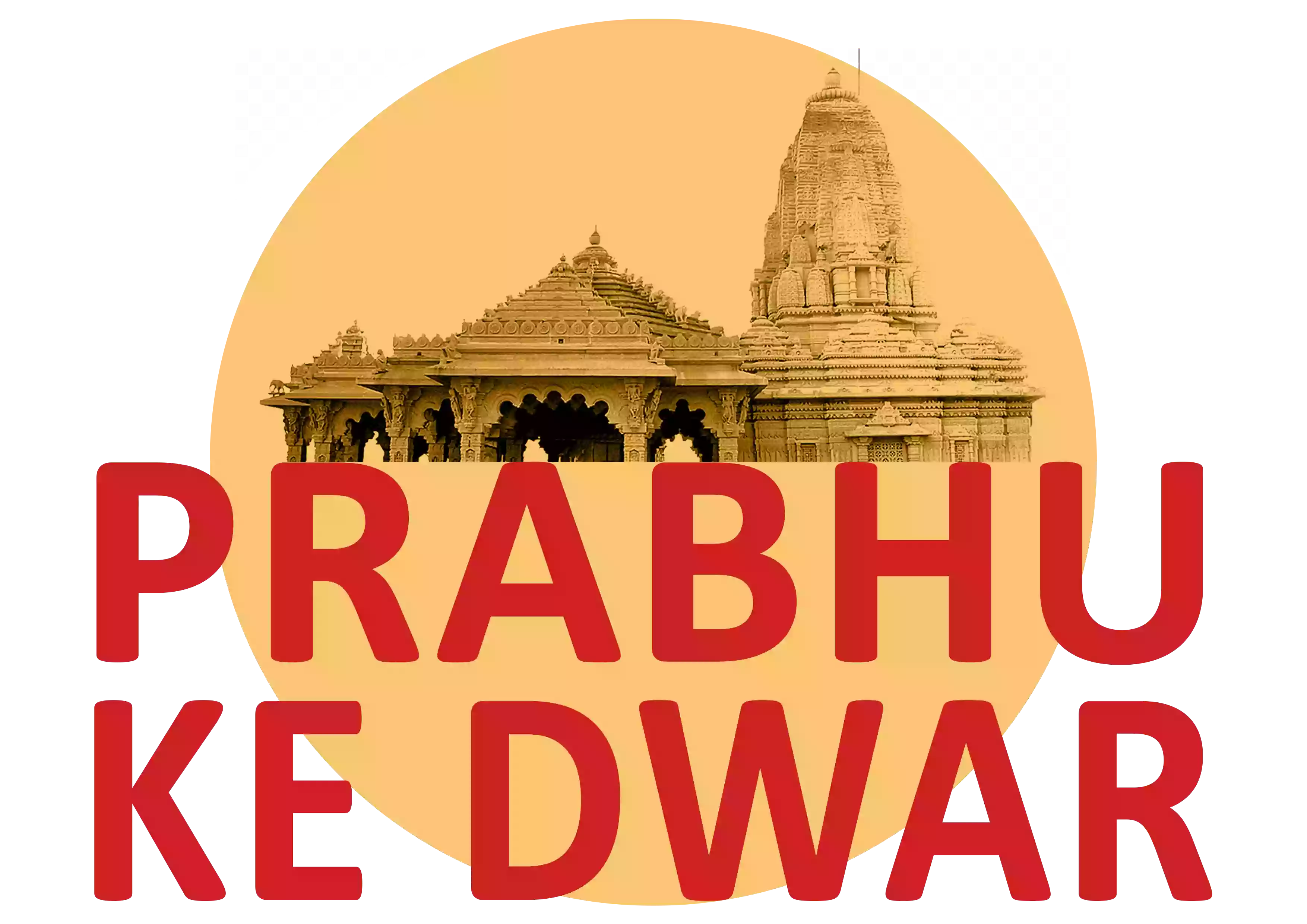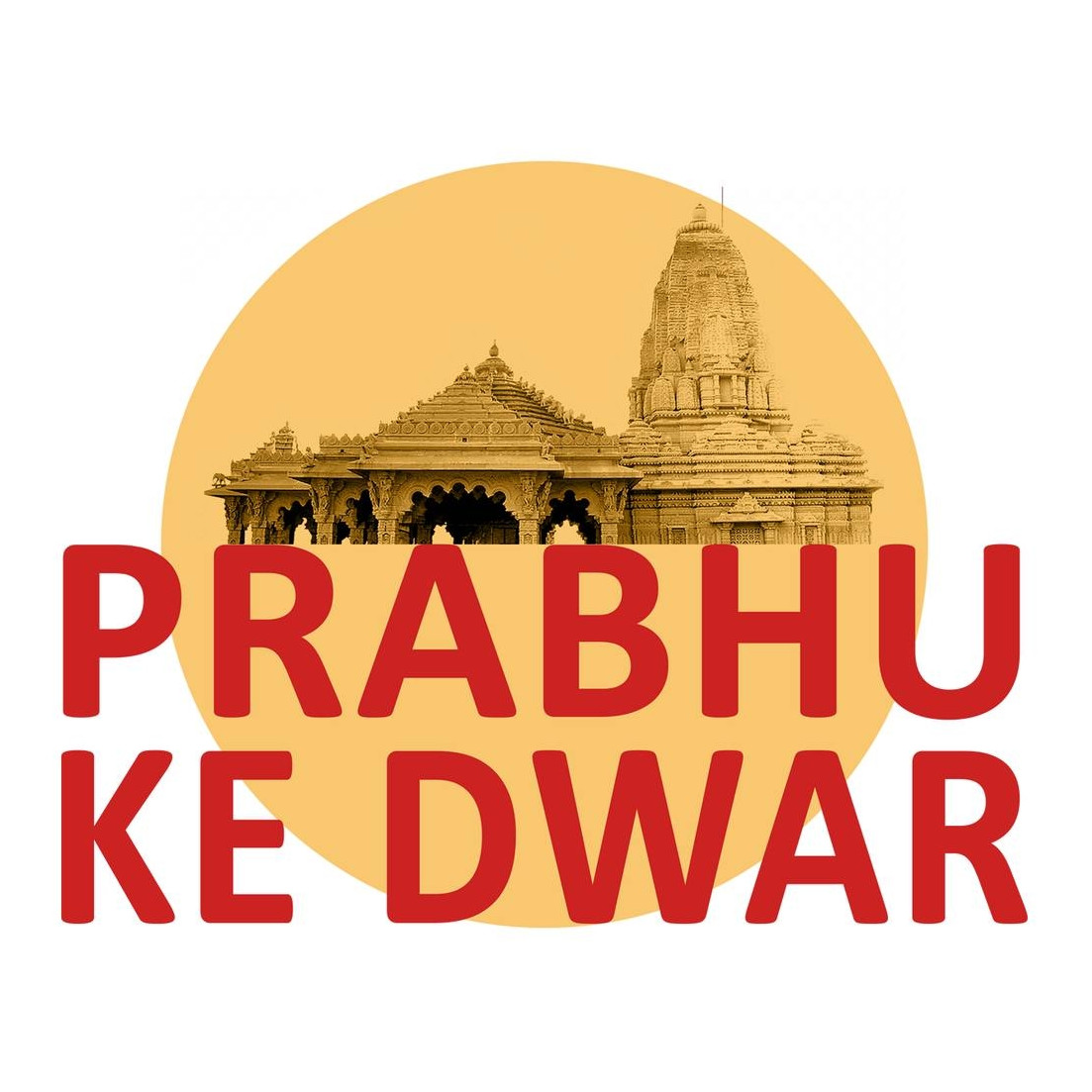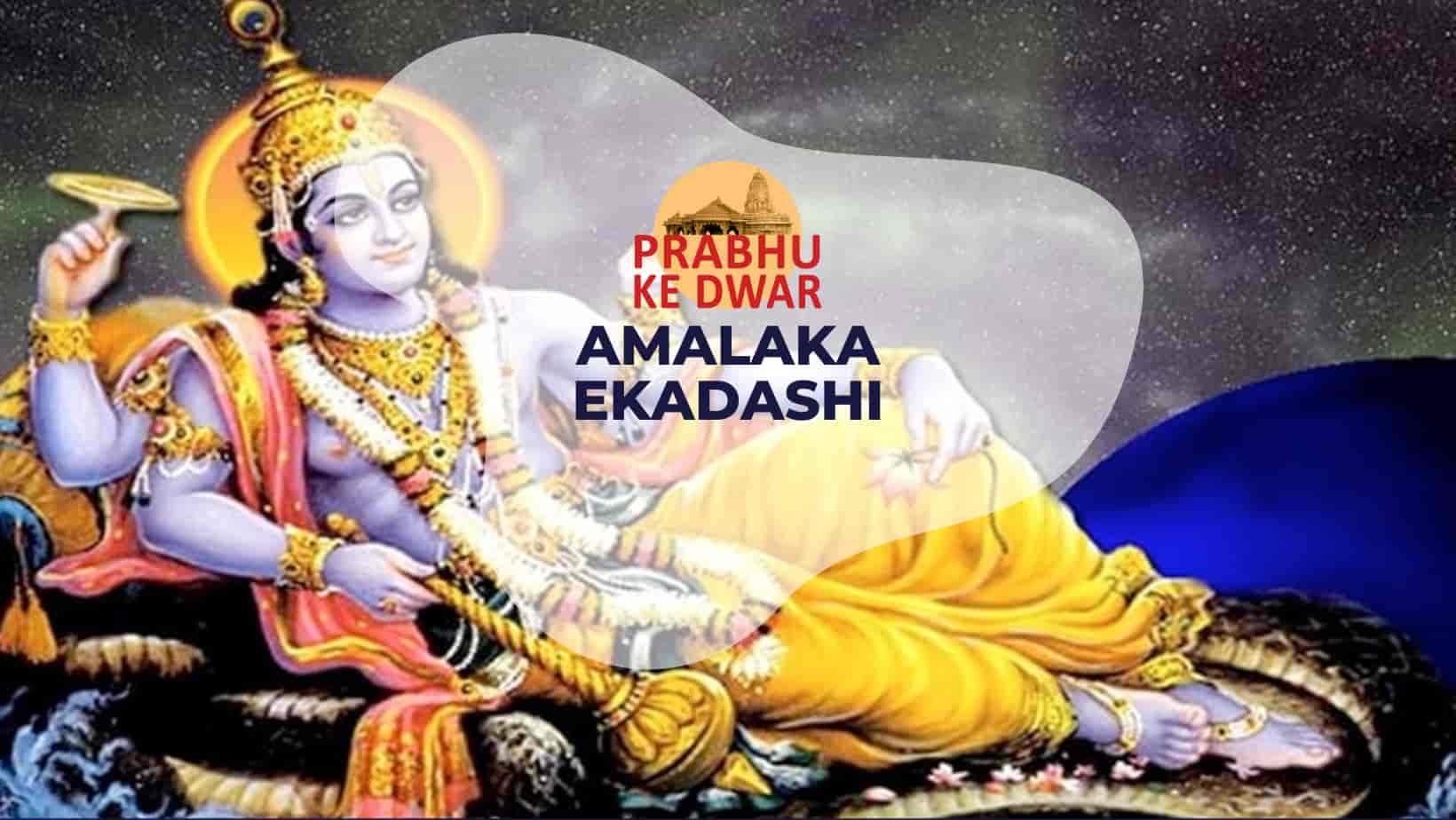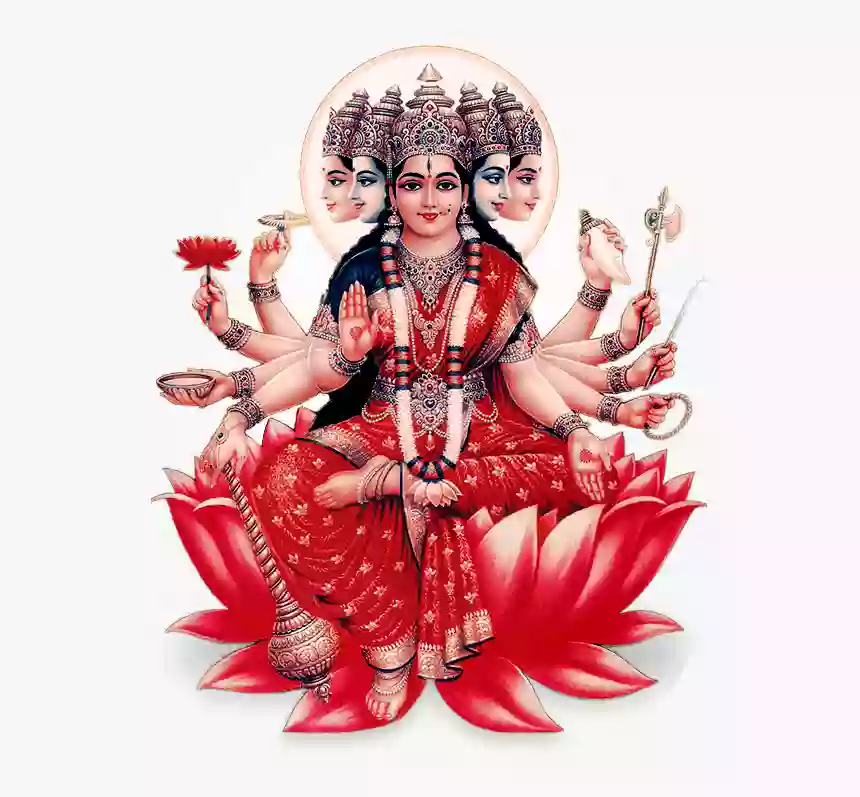Amalaka Ekadashi, a revered occasion in Hindu culture, holds profound significance for devotees seeking spiritual upliftment and divine blessings. This Ekadashi, falling on the eleventh day of the Hindu lunar fortnight, is celebrated with fervor and devotion across the country. Let's delve into the rich tapestry of traditions, legends, and rituals associated with Amalaka Ekadashi.
1. Introduction to Amalaka Ekadashi
Ekadashi, occurring twice a month, holds a special place in Hindu rituals. Among the various Ekadashis, Amalaka Ekadashi stands out for its association with Lord Vishnu and the sacred Amla tree.
2. Legend of Amalaka Ekadashi
The legend dates back to the time of King Mandhata, whose son suffered from a severe curse. Seeking redemption, the king approached Sage Vasishta, who advised observing Amalaka Ekadashi to alleviate the curse's effects.
3. Preparations for Amalaka Ekadashi
Devotees engage in thorough cleaning of their homes and surroundings, preparing special delicacies for the fast. The ambiance is filled with anticipation and devotion for the upcoming Vrat.
4. Observance of Amalaka Ekadashi Vrat
Devotees adhere to strict rules of fasting, abstaining from food and water throughout the day. The 'Nirjala' fast, devoid of any sustenance, symbolizes purification and self-discipline.
5. Significance of Amla (Indian Gooseberry)
Amla holds a revered status in Ayurveda and Hindu rituals, symbolizing purity and vitality. Consuming Amla on Amalaka Ekadashi is believed to bestow health and spiritual benefits upon devotees.
6. Rituals and Traditions on Amalaka Ekadashi
The day begins with heartfelt prayers to Lord Vishnu, followed by acts of charity and compassion towards the less fortunate. Communities come together to celebrate the occasion with prayers and devotional songs.
7. Amalaka Ekadashi Vrat Katha
The Vrat Katha narrates the origin of Amalaka Ekadashi, imparting moral lessons and spiritual wisdom. Devotees listen to the Katha with reverence, drawing inspiration from its timeless teachings.
8. Celebrations Across India
From North to South, East to West, Amalaka Ekadashi is celebrated with regional variations, reflecting the cultural diversity of India. Temples adorn a festive look, attracting devotees in large numbers.
9. Fasting Guidelines and Tips
Devotees adhere to a simple diet, avoiding grains and certain vegetables during the fast. Staying hydrated and maintaining a peaceful mindset are essential for a fulfilling Vrat experience.
10. Mantras and Chants for Amalaka Ekadashi
Chanting sacred mantras and hymns invokes the blessings of Lord Vishnu, fostering spiritual harmony and inner peace. Devotees immerse themselves in divine vibrations, transcending worldly concerns.
11. Benefits of Observing Amalaka Ekadashi Vrat
Beyond physical benefits, the Vrat purifies the soul and uplifts one's consciousness. Devotees receive divine grace and blessings, paving the way for spiritual growth and prosperity.
12. Amalaka Ekadashi in Scriptures
References to Amalaka Ekadashi are found in ancient scriptures, highlighting its timeless significance in Hindu tradition. Insights from revered texts enrich our understanding of this auspicious day.
13. Connection with Nature and Environment
The Amla tree, revered on Amalaka Ekadashi, symbolizes harmony with nature and ecological balance. Devotees pledge to protect the environment, honoring the sacred bond between humanity and Mother Earth.
14. Reflection and Meditation on Amalaka Ekadashi
Amidst the hustle and bustle of life, Amalaka Ekadashi offers a moment of introspection and spiritual renewal. Through meditation and reflection, devotees connect with their inner selves and the divine presence.
15. Conclusion
Amalaka Ekadashi transcends mere ritualistic observance, embodying the essence of devotion, purity, and spiritual enlightenment. As we partake in this sacred journey, let us embrace the teachings of Amalaka Ekadashi with utmost reverence and sincerity.
Frequently Asked Questions (FAQs)
Q1: What is the significance of Ekadashi in Hindu culture? Ekadashi holds immense significance in Hindu tradition as a day of fasting and spiritual observance. It is believed to cleanse the body and soul, fostering spiritual growth and divine blessings.
Q2: Can children and elderly individuals observe the Amalaka Ekadashi fast? While the fast is typically observed by adults, children and elderly individuals can participate to the extent of their capabilities. It's important to prioritize health and well-being while observing any fast.
Q3: Are there any specific prayers to recite on Amalaka Ekadashi? Devotees can chant Vishnu Sahasranama or other Vishnu Mantras on this auspicious day to invoke the blessings of Lord Vishnu and seek spiritual upliftment.
Q4: Is it necessary to visit a temple on Amalaka Ekadashi? While visiting a temple is a common practice, devotees can also observe the fast and perform prayers at home with equal devotion and sincerity.
Q5: How does observing Amalaka Ekadashi benefit one's spiritual journey? Observing Amalaka Ekadashi fosters self-discipline, purity of mind, and spiritual awakening. It helps devotees deepen their connection with the divine and progress on the path of spiritual evolution.




